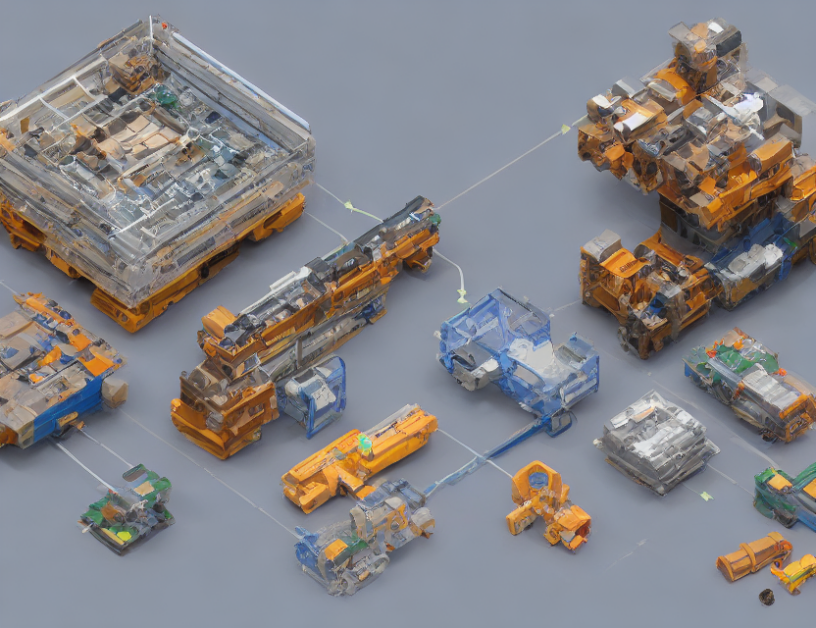Materials science is a complex field that involves understanding the properties and behavior of materials at a molecular level. One way to simplify this process is by using machine learning algorithms, which can help analyze and predict material properties based on their composition and structure. However, these algorithms can be difficult to understand for non-experts due to their complexity. This article aims to demystify machine learning concepts and explain them in simple terms, making it easier for materials scientists to apply these techniques in their work.
Gaussian Processes
A key concept in machine learning is the Gaussian Process (GP), which is used in the ME-AI approach to discover effective descriptors that predict TSMs. In simple terms, a GP can be thought of as a probabilistic model that assumes the underlying data distribution is a Gaussian distribution. This allows the algorithm to learn from the data and make predictions based on patterns it identifies.
Factor Analysis
Another important concept in machine learning is factor analysis, which is used in ME-AI to learn a purposefully chosen factor analysis matrix parameterizing the kernel for the GP. In simple terms, factor analysis is a statistical technique that helps identify the underlying factors or patterns in a dataset. By using this technique, ME-AI can identify the most important features in a material’s composition and structure, which can help predict its properties.
Small Datasets
One challenge in machine learning is dealing with small datasets, as these can lead to overfitting and lack of interpretability. In materials science, small datasets are often the case due to the difficulty in collecting and curating large amounts of data. ME-AI addresses this challenge by using a GP classification task, which can handle small datasets effectively.
Essence of Expert Intuition
The ME-AI approach aims to bottle the essence of expert intuition in a robust manner that can withstand small unintended errors inevitable in data curation. In simple terms, this means that the algorithm is designed to capture the underlying patterns and relationships in material properties, based on the knowledge and experience of experts in the field. By doing so, ME-AI can provide more accurate predictions and help materials scientists make better decisions.
Conclusion
Machine learning has the potential to revolutionize materials science by providing more accurate predictions of material properties based on their composition and structure. However, these algorithms can be difficult to understand for non-experts due to their complexity. This article aims to demystify machine learning concepts and provide a simple explanation of how ME-AI works in discovering effective descriptors that predict TSMs. By understanding these concepts, materials scientists can apply machine learning techniques more effectively in their work, leading to faster development of new materials with improved properties.



